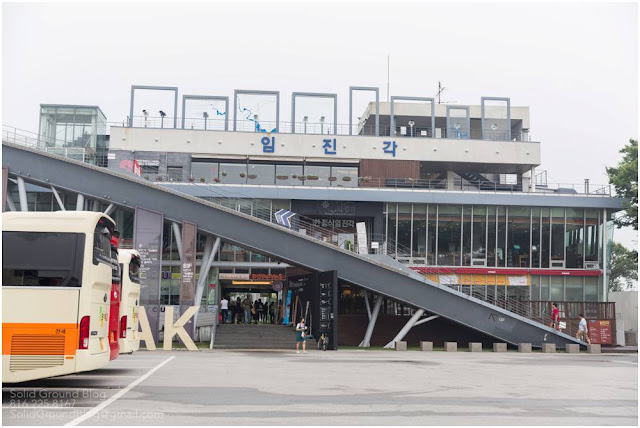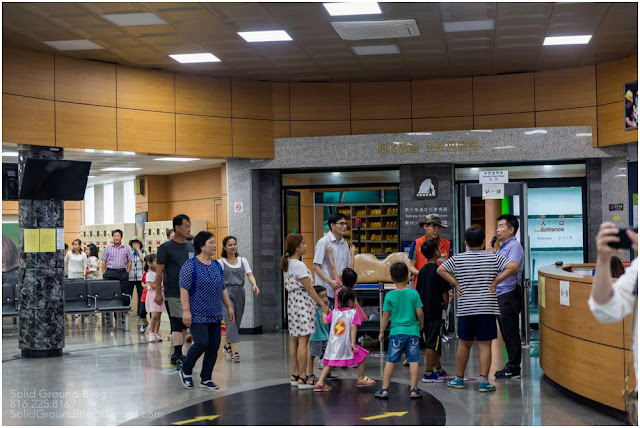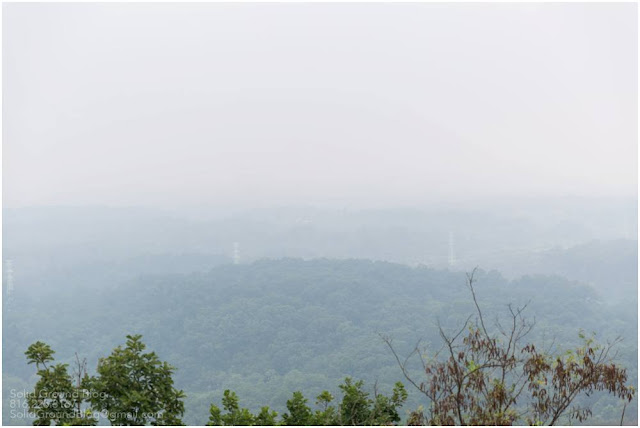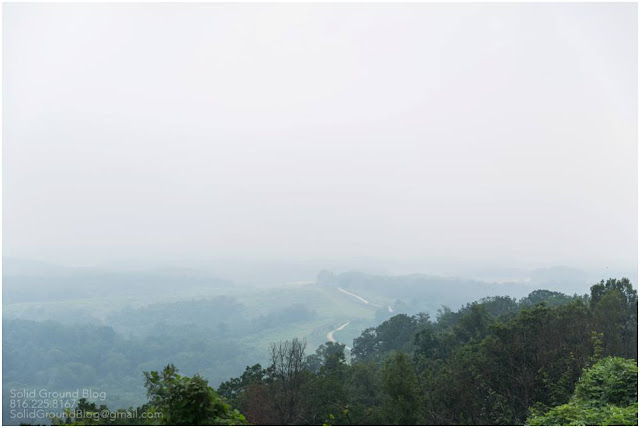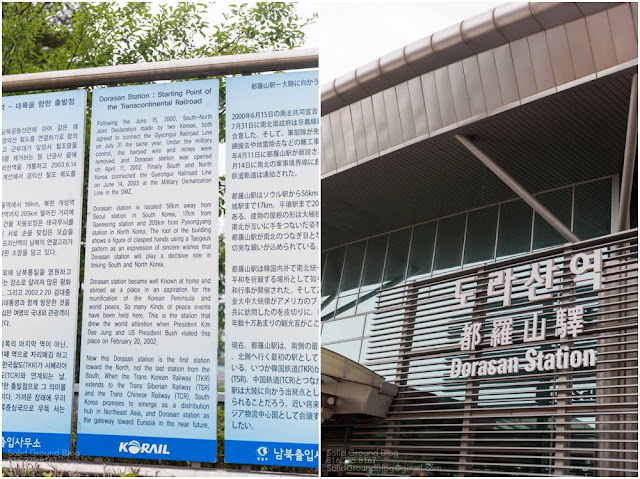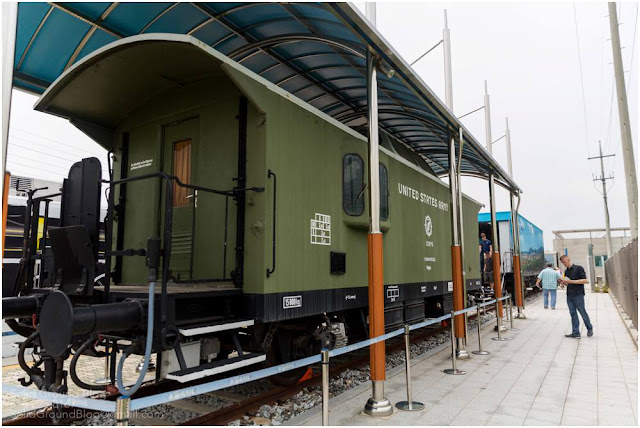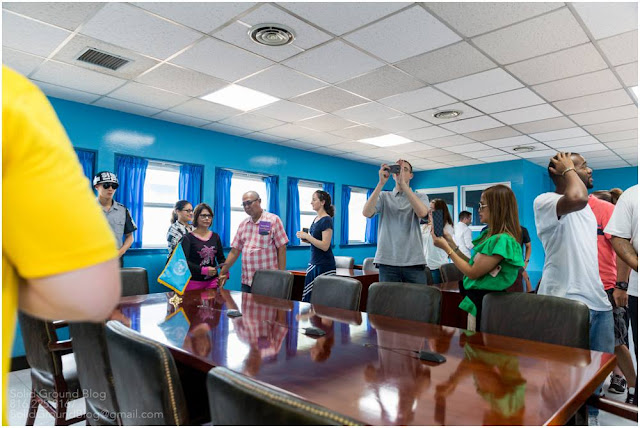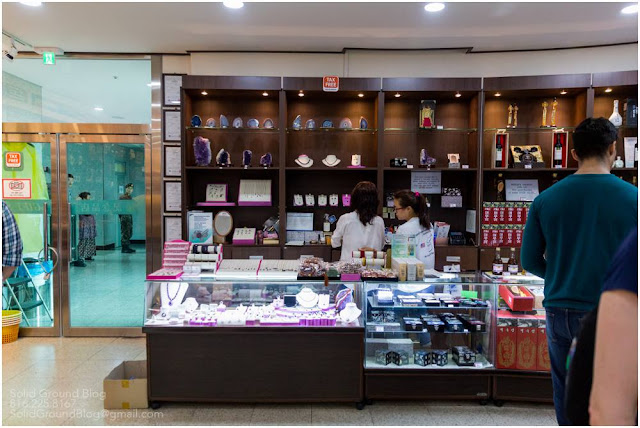This post is for the United States military member and his/her family stationed in South Korea who is anticipating choosing an apartment off base/post. My experience is based on living just outside Osan Air Base for one year as a non-command sponsored (NCSP) dependent. Please don't hesitate to ask any questions. I'll do my best to answer them.
When we first arrived in South Korea, I was sure of the kind of apartment I wanted. I'd done my research and had seen photos. I had an ideal image in my mind of what our place would look like.
I actually ended up choosing an apartment that was a bit more Western style than I'd expected. I remember thinking, "it just feels like home". Maybe it was the Ashley sofa sitting in the living room, or the view of the air base flight line where I could watch our A-10s land, or it could have been the IKEA light fixture above the dining room table that was a familiar sight among all the new. Whatever it was, after a year of living here, I can easily say I'm happy with our choice. I'd like to outline the process and give you a couple of tips that you might find helpful when selecting a place to live off base here in South Korea.
I arrived in South Korea and wanted to get started as soon as possible. But before we could start looking, we were required to go to a short housing brief on base to understand the process. This was easy to schedule and the briefs take place multiple times a week, so you shouldn't have a problem getting in for an appointment. The military member can contact the housing office to find out when the next appointment is.
Before moving to Korea, I had been told the process moved very quickly and I was eager to find us a place to live that we could call our own. There are a plethora of realtor offices right outside Osan Air Base and I had a couple of recommended realtors on my list. They were easy to walk to from the main gate. I quite literally walked into their office, told them my requirements for an apartment, and off we went.
Climbing into a Korean's vehicle and being swept into the busy flow of crazy traffic was not something my mother said I could do. Yet here I was, climbing into a stranger's car and letting them take me wherever they pleased. That day I approached four realtors who all took me to multiple homes/apartments in the local area. It was a lot of looking in one day and honestly quite exhausting in the September heat! I also took photos of the properties to show my husband so we could decide on a place as soon as possible and get moved in.
So here were my preferences for an apartment. You might find yourself adding a couple of these to your list as well.
- Two bedroom apartment
- < 10 minutes walking/biking distance from base
- Laundry in unit, preferably separate washer/dryer
- Newer, clean, no smoke smell
- Furnished (We didn't have any furniture as NCSP.)
- 110V outlets
- Lots of natural light
- Quality over quantity, plus a smaller place meant less square footage to heat and cool
Here are items that don't typically come in an apartment, but that you may want to negotiate for.
- A/C in every room - we had one in the bedroom and main living area, which was fine for our smaller apartment
- Dehumidifier - we used one in the main living area, which seemed to be enough for us. Ours cost about 125,000₩.
- Air purifier - I highly recommend that you invest in one of these! We had one the last six months we were in Korea and it really helped with stuffy noses and congestion. South Korea's air quality can get pretty ugly. Ours cost about 180,000₩.
- Multiple transformers - these vary in size. Also be aware of where the outlets are in the apartment. We had one in the kitchen right above the stove and one behind the television for our entire living area. Not terribly convenient!
- dishwasher - my husband cannot wait to get back to the land of dishwashers and garbage disposals (neither can I, for that matter!). If you haven't yet, check out my
Korean trash system post for more info on disposing of your trash and food waste correctly.
- cable and internet
- maintenance fee included in your rent
We chose Emerald Forest apartments which sits between the SED ("the ville") and the 4/9 market. If you're familiar with the area, you'll know where I'm referring to. Our choice of an apartment didn't have all of our listed preferences, but was the best fit for our needs. You'll have to make that decision for yourself. Once we'd decided on a place, we signed a lease provided by the housing office on base. The process for renting to NCSP families isn't new to the realtors or the housing office, so it's all pretty cut and dry.
You'll need one months rent as deposit, plus your first months rent. Often, families don't have this kind of money up front. That's okay. Our monthly rent was 1,466,000 ₩ for a small but brand new three bedroom, two bath apartment located about eight minutes walking distance from the main gate. The finance office will grant you a 0% interest loan for your deposit amount that you'll have to pay off upon move out. No big deal. As long as you get your deposit back, everything should even out.
After payments were made and the lease was signed, we were able to move in immediately. Our realtor (his name was Kenny with American Realty, his office is located right by the "Triangle of Death") came to the apartment to give us a run down of our Korean appliances and television. Almost all of the buttons and labels were in Korean, so the Google Translate app was a good friend. Much of figuring everything out was trial and error over the next couple of weeks.
Our utilities bills were delivered to our mailbox at the apartment. We took those in with us at the same time we went into the realtors office to pay our rent every month. You can also sign up for GI Bill Pay, a service provided to US military service members. If you're at Osan, you can sign up for this at the same building the USO is in (community center). Once set up, GI Bill Pay will take care of all of your bills for you. We didn't use this service because there is a small fee. We also were able to make a little more on the exchange rate from USD to KRW by taking out cash for rent at the ATM on base (no fees!) and exchanging it off base to Korean won. Once you do this process once or twice, you'll get used to it. It IS a hassle, I won't deny that, but we did adapt after awhile.
Pro tip: Keep in mind how much your bank allows you to withdraw in cash every day. Ours had a limit so we had to withdraw cash over a period of several days. Also, you may want to download an exchange rate app such as XE Currency. I like this particular app because you can see the rate immediately upon opening and you can also view charts that will tell you the exchange rate history from one day to as far back as ten years. We also used this app on our trip to Thailand. Super user friendly and free!
If we ever had issues at the apartment, (we did have mold, a common problem in Korea, and some caulking that needed done), our POC was our realtor Kenny who coordinated with the building manager and maintenance guy. I'm really not sure how much English either of them spoke, so Kenny acted as a translator. Kenny, combined with Google translate, got the job done. (However, I can't say communication wasn't difficult.)
Below are the images from our apartment at Emerald Forest when I was initially looking.
 |
| Later, our realtor also provided a coffee table in the living room. It sat about a foot off the ground, but hey! It worked. |
 |
| The view from our small balcony. |
 |
| We also got two small night stands from our realtor for by the bed. |
 |
| No shower curtain. Weird, right? |
 |
| Our apartment building. Thirteen floors, which is not many by Korea standards. |
Like I said before, please let me know if you have any questions. Being NCSP in Korea isn't easy, but I believe keeping our families together is so important and that makes it all worth it.



